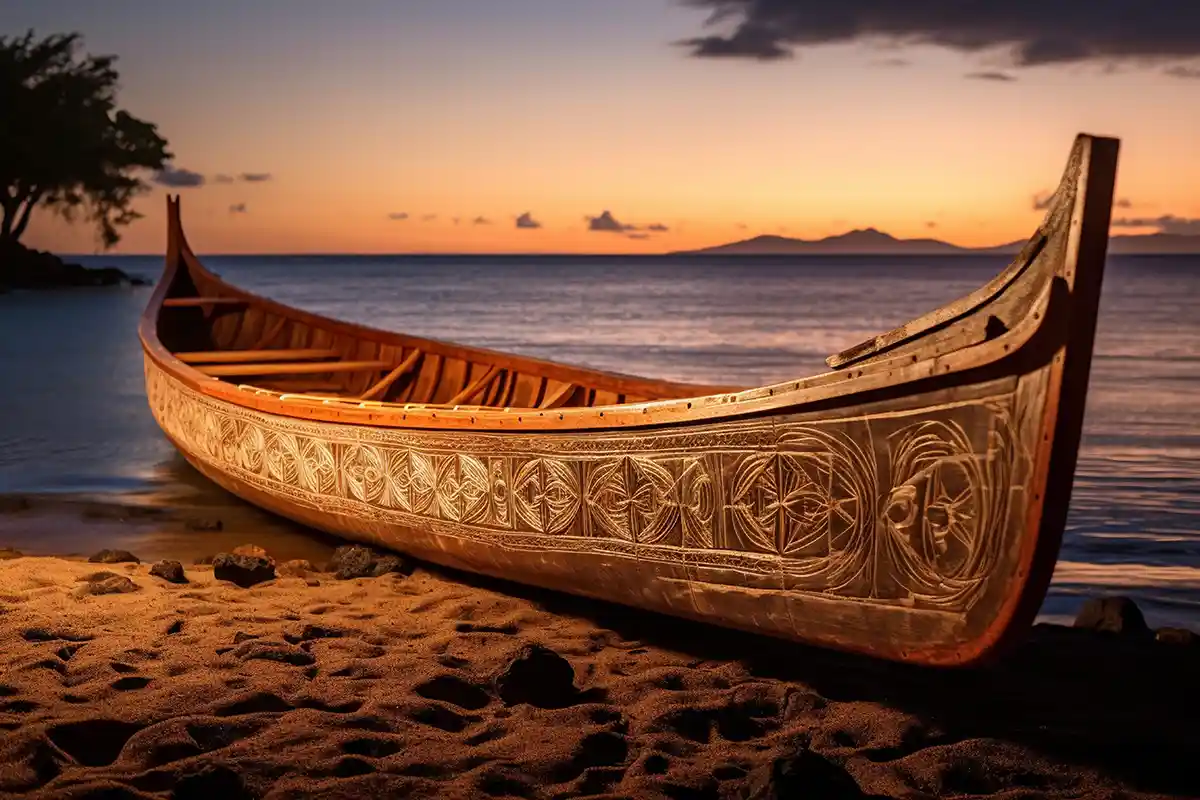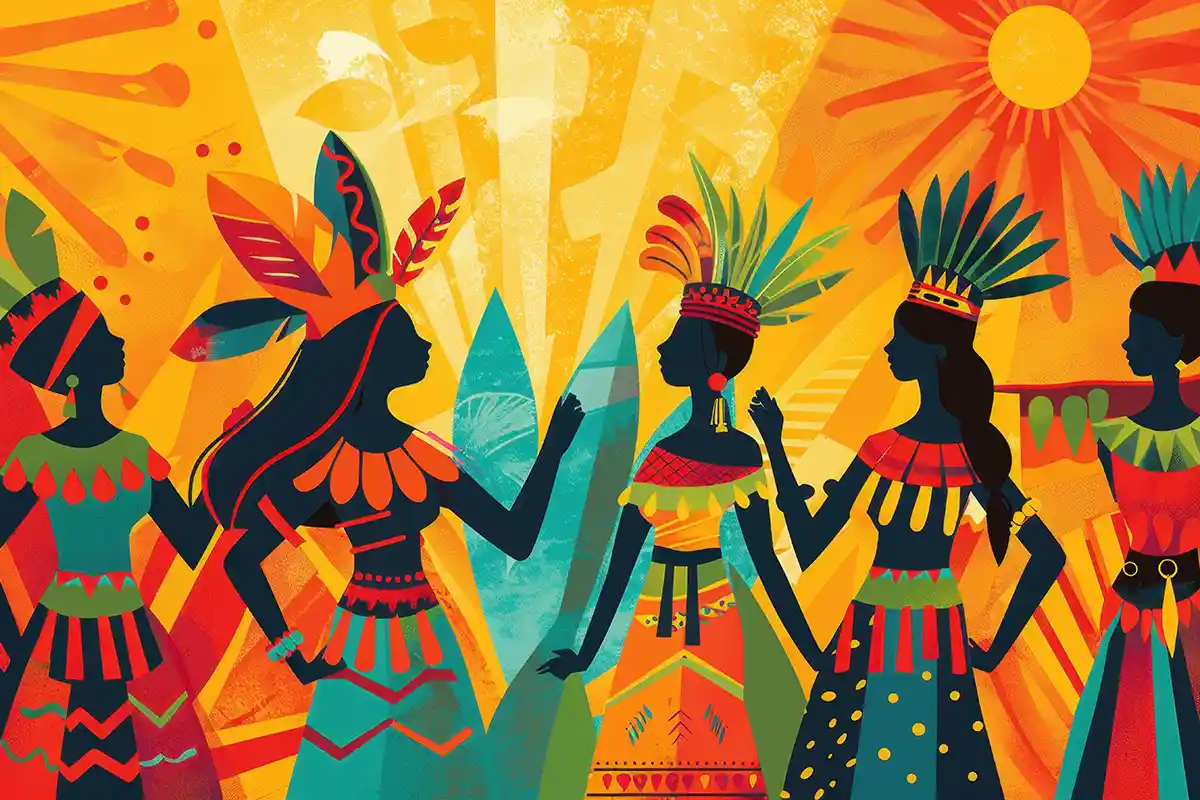Signature Collections: Language & Culture
(Part 3 of 4)🌱 ʻĀina-Based Education as a Scalable Model for Language Revitalization
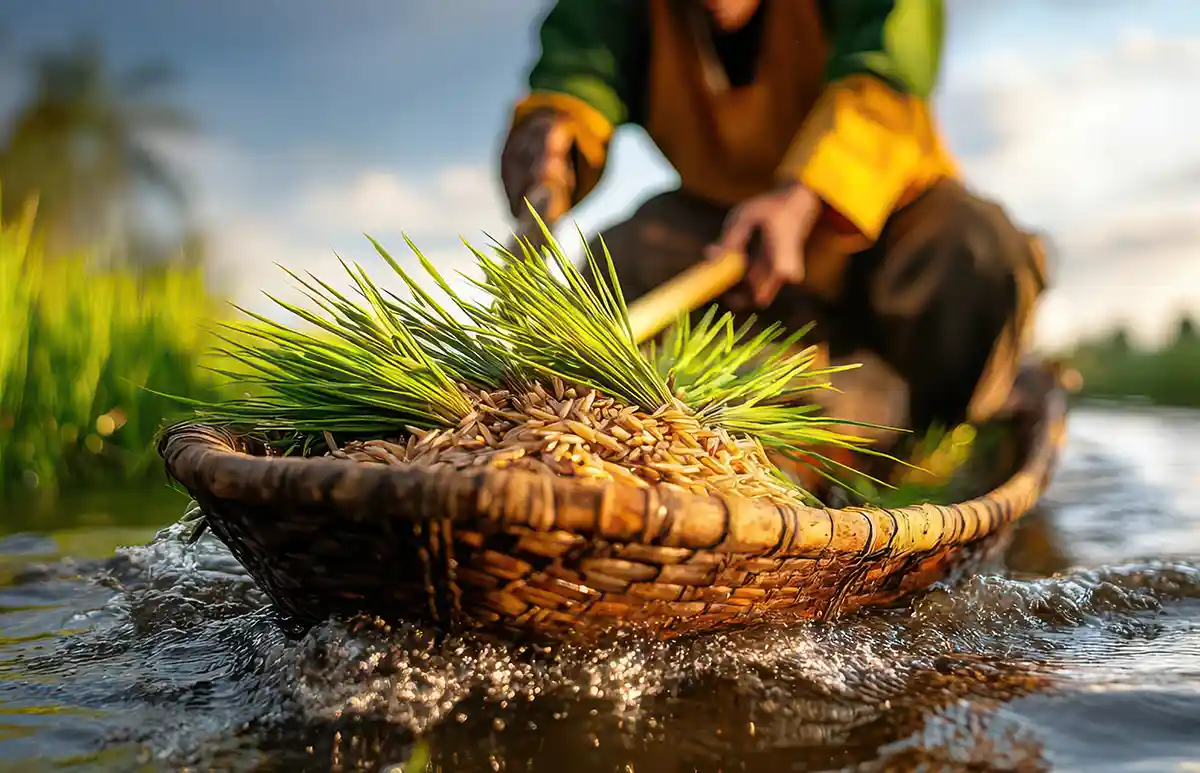
March 5th, 2025
(Part 3 of 4)🌱 ʻĀina-Based Education as a Scalable Model for Language Revitalization
Indigenous language revitalization is often viewed as small-scale, localized work—a single school, a small community, a handful of fluent speakers working tirelessly to pass on their knowledge. But what if we could scale language reclamation efforts so that entire regions, nations, and generations could reclaim and use their languages daily?
Scaling Language Revitalization: A Challenge and an Opportunity
The Hawaiian language movement stands as a beacon of hope, demonstrating that this ambitious goal is not just a dream. Through intentional immersion programs, a focus on community-driven Education, and the integration of ʻĀina-Based Education, Hawaiian language revitalization has transformed from a survival crisis to a thriving, growing success story.
Suppose we are to replicate and scale this success for other Indigenous languages. In that case, we must look at ʻĀina-Based Education not as a niche method but as a scalable, adaptable model that can work across Indigenous communities worldwide.
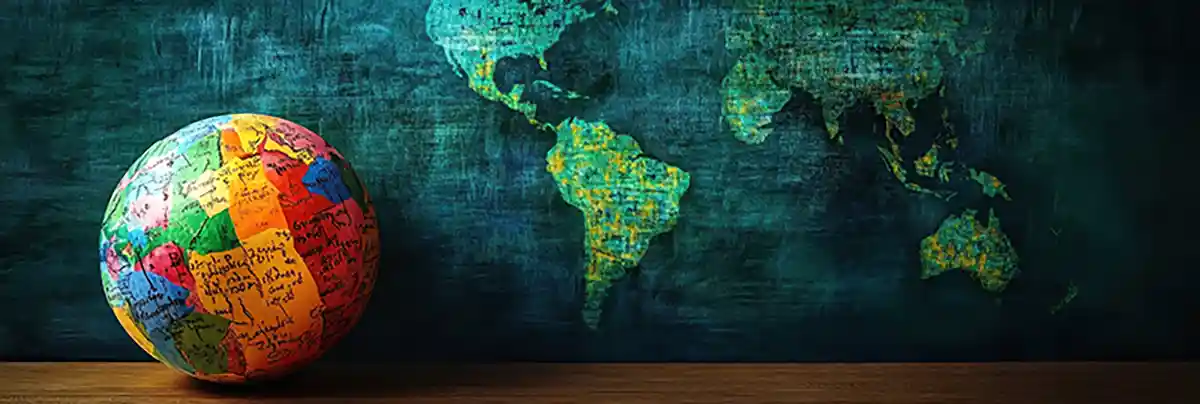
🌿 ʻĀina-Based Education is Built for Scalability
Scalability doesn't just mean expansion—it means ensuring long-term sustainability while adapting to different communities' needs.
Here's how ʻĀina-Based Education is a scalable model for Indigenous language revitalization:
🔹 It is not bound by geography. Whether in the Arctic, the desert, the rainforest, or an urban setting, ʻĀina-Based Education can be tailored to local geography, resources, and traditions, making it a versatile and adaptable model.
🔹 It integrates naturally into existing cultural and educational structures. Instead of requiring new infrastructure, it works within existing community practices, schools, and learning spaces.
🔹 It supports intergenerational learning. Elders, parents, and children can all participate, increasing fluency across generations rather than limiting language learning to youth programs alone.
🔹 It fosters economic and environmental sustainability. Many Indigenous communities are revitalizing traditional farming, fishing, and land management practices, making ʻĀina-Based Education not just a pathway to linguistic sovereignty, but also to economic and food sovereignty.
This combination of flexibility, cultural alignment, and real-world application makes ʻĀina-Based Education one of the most promising large-scale models for Indigenous language revival.
📍 How ʻĀina-Based Education Can Be Scaled Across Different Communities
Scaling doesn't mean copying and pasting a single approach across different cultures. Instead, it means identifying key principles that communities can adapt to fit their unique languages, environments, and traditions.
1️⃣ Community-Led Language and Land Programs
Language revitalization works best when it is community-driven. Rather than relying solely on formal schooling, a scalable model must empower tribal leaders, educators, and families to integrate language into their daily lives and cultural practices.
✅ Example: In Hawai'i, community members organize land-based language camps where students live and breathe Hawaiian while learning traditional agriculture, navigation, and sustainability.
🌱 How to Scale It:
- Establish land-based immersion programs in different Indigenous communities.
- Train local educators and knowledge keepers to lead these programs.
- Provide funding and support for hands-on cultural learning experiences.
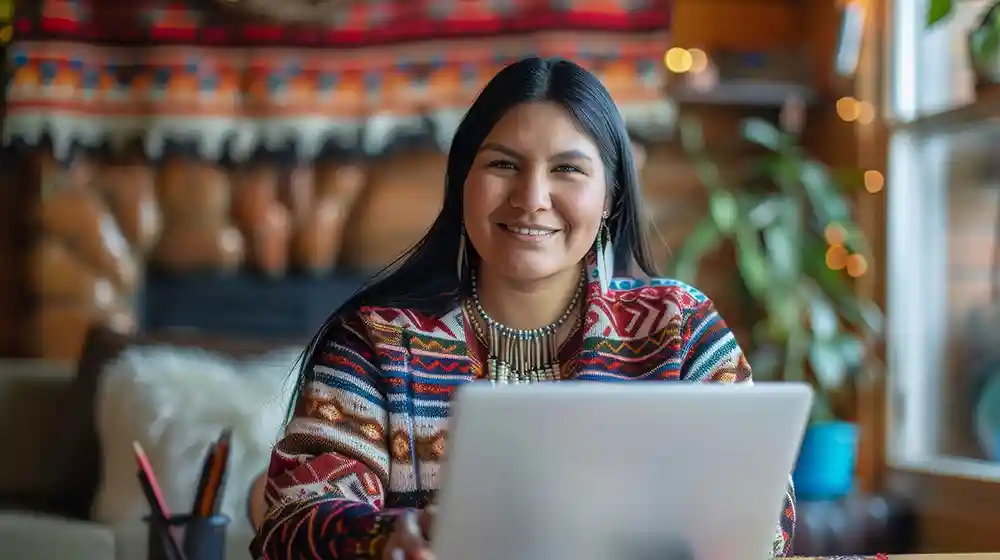
2️⃣ Digital and Hybrid Learning to Connect Remote Communities
Not all Indigenous learners live in close-knit, land-based communities. Many are urban, displaced, or geographically spread out, making in-person immersion difficult.
✅ Example: The Māori language movement in New Zealand has developed digital land-based learning programs that blend online lessons with real-world activities.
✅ Example: The Wahta Mohawk Community and Languages 4 collaborated to develop a digital language curriculum that integrates augmented reality, representation, culture and storytelling. Learners—whether local or distant—can access cross-platform lessons and engage with the Mohawk language.
🌱 How to Scale It:
- Develop cross-platform educational tools that blend land-based learning with digital access (e.g., augmented reality, mobile language apps, video storytelling).
- Use virtual mentorship programs where elders can remotely teach language and traditional knowledge.
- Provide community funding for travel and in-person language camps to reconnect urban Indigenous people with their ancestral lands.
3️⃣ Economic Integration: Language and Land as Sustainable Livelihoods
Indigenous language revitalization must be tied to economic sustainability for it to be sustainable. Communities need opportunities to use their language in work, business, and daily transactions—not just in schools.
✅ Example: The Mohawk community in Akwesasne integrates language into agriculture and tourism-based businesses, ensuring that the language is used in markets, signage, and community life.
🌱 How to Scale It:
- Develop language-based farming, fishing, and tourism initiatives incorporating Indigenous language fluency into daily work.
- Create policy incentives that encourage Indigenous businesses to operate in their languages.
- Train young entrepreneurs to use their ancestral language in modern industries.
🌍 Success Stories: Scaling Indigenous Language Learning Through Land-Based Models
🌾 Ojibwe Language & Wild Rice Harvesting (U.S. & Canada)
- Wild rice (manoomin) is central to Ojibwe identity, history, and language.
- Language programs now include harvesting and cooking manoomin while using Ojibwe terms.
- Students learn by paddling canoes, drying rice, and preparing meals while immersed in the language.
🦌 Inuit Hunting & Language Programs (Canada & Greenland)
- Inuit communities teach hunting, fishing, and survival skills in Inuktitut, preserving cultural and ecological knowledge.
- Youth participate in language-based survival expeditions, strengthening language fluency and self-sufficiency.
🔥 Lakota Star Knowledge & Land-Based Learning (South Dakota, U.S.)
- Lakota students learn astronomy, weather patterns, and navigation using traditional star knowledge.
- Classes are taught entirely in Lakota, connecting language with land and sky.
These models show that scaling land-based Education is not just possible—it is already happening.
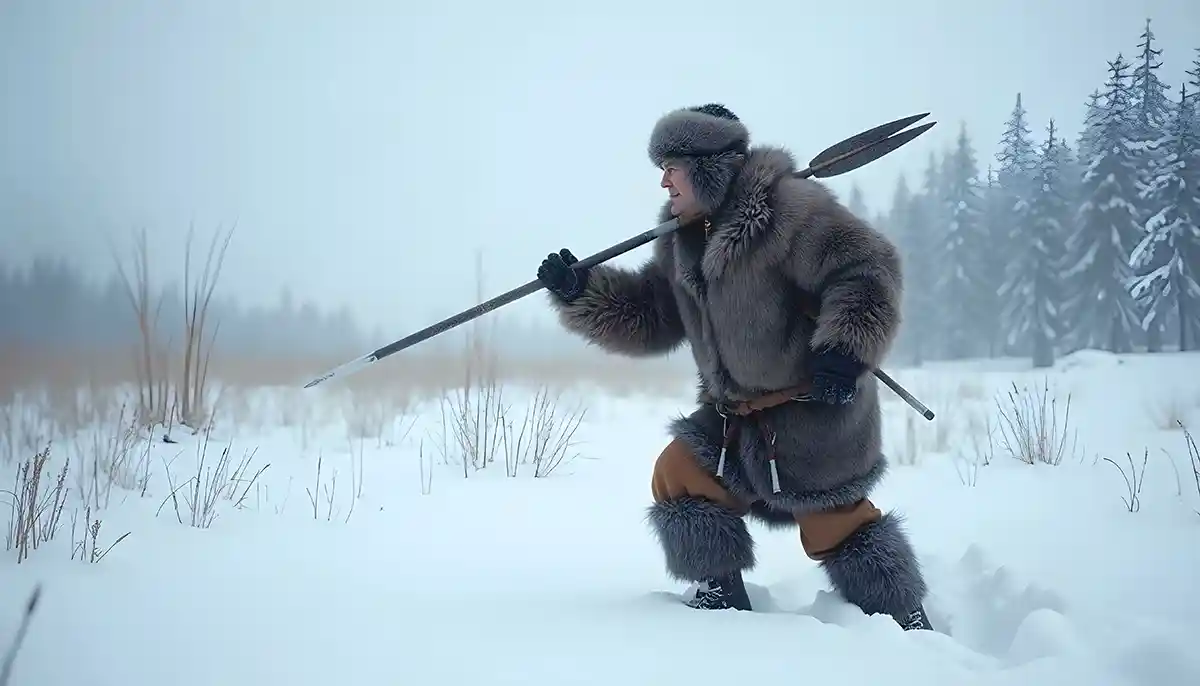
🚀 The Future of Indigenous Language Revitalization is Scalable
ʻĀina-Based Education is not just a method—it's a movement. A movement that recognizes that land, language, and identity are inseparable and that learning must happen outside of classrooms and in the places where language truly lives.
🔹 To scale Indigenous language learning, we must:
- ✅ Empower communities to lead their language and land-based programs.
- ✅ Use technology to connect remote learners while keeping language rooted in the land.
- ✅ Tie language learning to sustainable economic opportunities.
The future of Indigenous language learning is not one-size-fits-all—it is place-based, community-driven, and adaptable.
🚀 Want to learn more? Stay tuned for our next article:
(Coming Soon)🔜 "Funding and Resources for ʻĀina-Based Language Programs"
References:
NVIDIA. Te Hiku Media Advances Māori Speech AI, Supporting Indigenous Language Revitalization. NVIDIA Blog, 16 Aug. 2023,
Ako Aotearoa. Advancing a Digital Strategy for Learning and Teaching te reo Māori. Ako Aotearoa, Good Practice Publication Grant scheme 2008 https://ako.ac.nz/assets/Knowledge-centre/Advancing-a-Digital-Strategy-for-Learning-and-Teaching-te-reo-Maori/Advancing-a-Digital-Strategy-for-Learning-and-Teaching-te-reo-Maori.PDF
De Cressac, Alex. "Te Reo Māori: The Revival of a Language and a Culture." Medium, 3 Sept. 2020, https://medium.com/@adecressac/te-reo-m%C4%81ori-the-revival-of-a-language-and-a-culture-4d76e830e699.
"Moana to Be Released in Te Reo Māori." Te Ao Māori News, Māori Television, 11 Sept. 2017, https://www.teaomaori.news/moana-be-released-te-reo-maori
"Harvest of Heritage: The Wild Rice Tradition." PBS, 2024, https://www.pbs.org/video/harvest-of-heritage-the-wild-rice-tradition-hal8bu/.
"Revitalization of Inuktitut: Using Government Funding to Implement Technology to Strengthen an Endangered Language." Jackson School of International Studies, University of Washington, 2025, https://jsis.washington.edu/news/revitalization-of-inuktitut-using-government-funding-to-implement-technology-to-strengthen-an-endangered-language/.
"Lakota Star Knowledge: Milky Way Spirit Path." South Dakota Public Broadcasting, 3 Oct. 2018, https://www.sdpb.org/arts-culture/2018-10-03/lakota-star-knowledge-milky-way-spirit-path.
Connect With Us
Follow our journey, share your thoughts, and participate in the conversation. Let's keep languages vibrant together.
Languages 4™ is more than a tool; it's a partner in the mission of preserving and revitalizing Indigenous languages. We invite reach out to us explore how our platform can support your language teaching goals. [Join the Conversation 📩 Subscribe to our Newsletter ] and take a step towards sustaining the rich heritage of Indigenous languages.

Tim O'Hagan
Founder and President, Languages 4®
Ready to embark on this transformative linguistic journey? Dive in and experience the confluence of tradition and innovation as we reimagine the future of Indigenous language learning.
[Join the Conversation to Subscribe to our Newsletter ]
